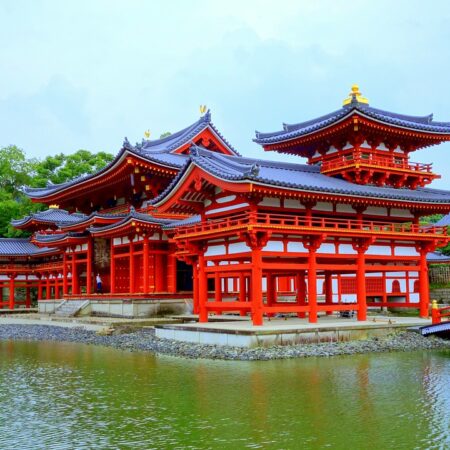Japan is home to a variety of castles, each with its own historical and cultural background, which may not be widely known in detail. The construction of these castles is closely tied to the historical context of their times. In this article, we introduce ten famous castles in Japan, highlighting their unique characteristics and the historical periods in which they were built.
Himeji Castle (Hyogo Prefecture)

Lord: Terumasa Ikeda
Construction Year: 1609
Features: Also known as "White Heron Castle," its beautiful white appearance is highly esteemed both domestically and internationally. It is designated as a National Treasure and is part of the World Cultural Heritage. The structure of Himeji Castle is complex, with many gates and winding paths cleverly designed to prevent enemy intrusion.
Following the turmoil of the Warring States period, the construction of Himeji Castle was completed during the peaceful Edo period. The castle has undergone numerous renovations over time to reach its current state.
Matsumoto Castle (Nagano Prefecture)
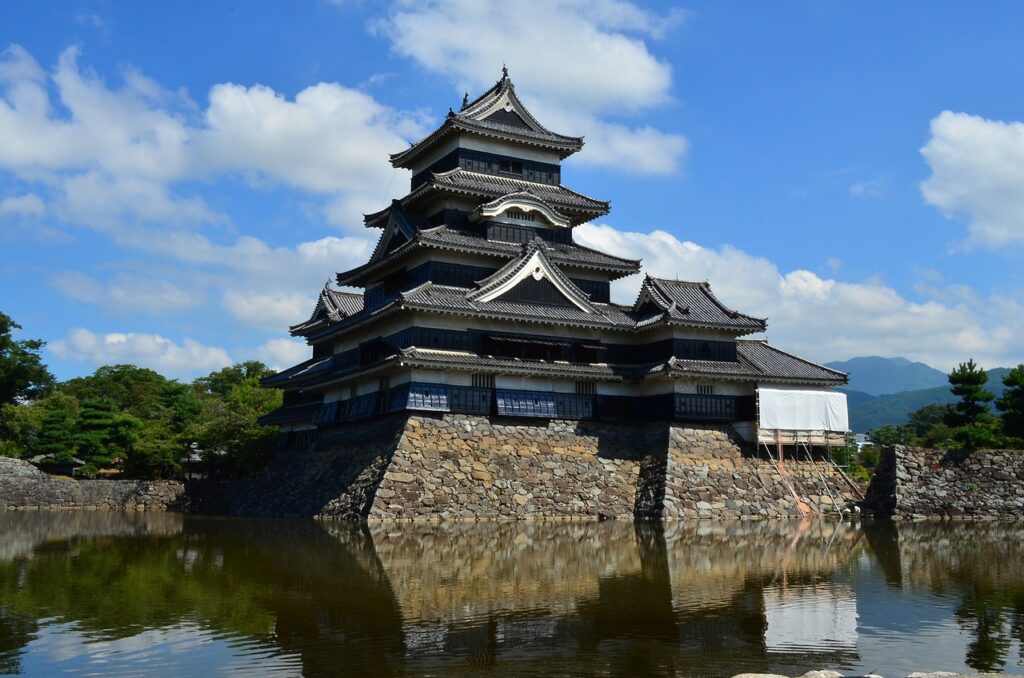
Lord: Kazumasa Ishikawa
Construction Year: 1504
Features: One of Japan's oldest castle towers, it is also known as "Crow Castle" due to its magnificent black appearance. The interior of the castle is wooden, preserving a highly valuable historical architectural style.
Matsumoto Castle has experienced many battles throughout its long history. The castle is particularly known for the beauty of its tower and the surrounding moat.
Kumamoto Castle (Kumamoto Prefecture)
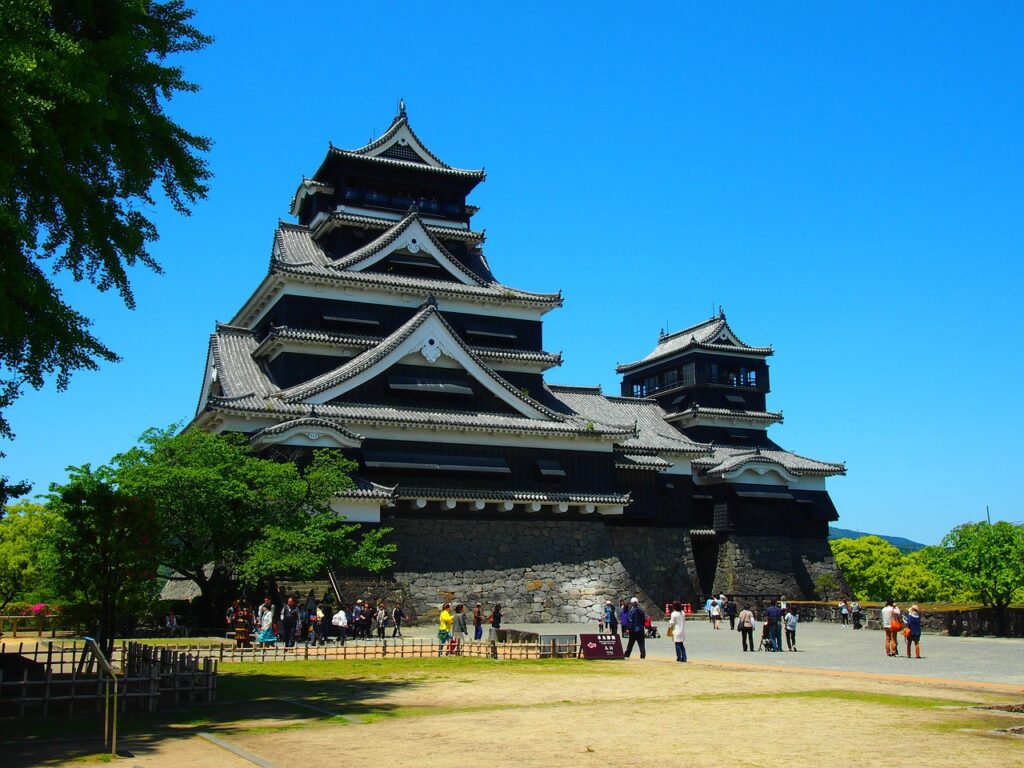
Lord: Kiyomasa Kato
Construction Year: 1607
Features: The castle is surrounded by multiple gates and towers, as well as walls extending for hundreds of meters. The stone walls, in particular, are considered some of the most beautiful in Japan and are known for their technical sophistication.
Kumamoto Castle is one of the most magnificent examples of Japanese castle architecture. Constructed during the era of Kiyomasa Kato, it has undergone numerous renovations over time.
Osaka Castle (Osaka Prefecture)

Lord: Toyotomi Hideyoshi
Construction Year: 1583
Features: A castle representative of the Sengoku period, characterized by its luxurious decorations adorned with gold leaf. The current building has been restored but evokes the splendor of the past.
Osaka Castle was built by one of the most famous warlords in Japanese history, Toyotomi Hideyoshi. The castle has been the stage for many historical events, especially serving as the focal point in the conflict between the Toyotomi and Tokugawa regimes.
Nagoya Castle (Aichi Prefecture)
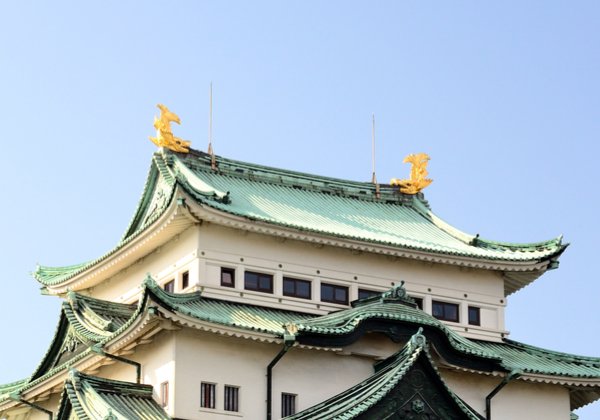
Lord: Tokugawa Ieyasu
Construction Year: 1612
Features: Famous for its golden shachihoko (tiger-headed carp), its magnificent appearance is particularly striking among Japanese castle architecture. The vast grounds and beautiful gardens adorn the surroundings of the castle.
Nagoya Castle, built by Tokugawa Ieyasu, was the stage for many historical events throughout the Edo period. The castle is especially known for its beautiful gardens and grand architectural style, and it houses many cultural assets.
(Image citation: TRIP EDITOR)
Kanazawa Castle (Ishikawa Prefecture)

Lord: Toshiie Maeda
Construction Year: 1583
Features: Prosperous as the center of the Kaga Domain, particularly notable for structures like the Ishikawa Gate, which are designated as Important Cultural Properties of Japan. It features a distinctive architectural style with white walls and black tiles.
Kanazawa Castle flourished as the center of the Kaga Domain with a wealth of one million koku of rice. The castle has been rebuilt several times over the years and is now cherished by many as a symbol of Kanazawa's culture and history.
Kochi Castle (Kochi Prefecture)

Lord: Kazutoyo Yamauchi
Construction Year: 1611
Features: One of the few castles with an existing tower, especially noted for its beautiful white walls and wooden construction. It is a representative example of castle architecture in the Shikoku region.
Kochi Castle was built under the rule of Kazutoyo Yamauchi. The castle is also known for the legend of "Okame," the wife of Kazutoyo. The castle itself has undergone several renovations and remains a beloved part of the lives of the people in Kochi. The interior is open to the public as a museum, displaying many cultural assets.
Hikone Castle (Shiga Prefecture)

Lord: Naomasa Ii
Construction Year: 1622
Features: Designated as a National Treasure, it strongly reflects the early Edo period castle architecture style, particularly notable for its massive stone walls and white plastered walls.
Hikone Castle is known as the residence of the Ii family. The castle has undergone numerous renovations throughout the Edo period and is especially renowned for its excellent state of preservation, which is among the best in Japan. The castle grounds feature historical buildings and gardens, attracting many tourists.
Takamatsu Castle (Kagawa Prefecture)

Lord: Yorishige Matsudaira
Construction Year: 1590
Features: Known as the "castle on the water," it is a rare castle facing the sea, especially famous for its beautiful gardens and stone walls.
Takamatsu Castle occupies a unique position among Japanese castle architecture. Situated by the sea, its defensive structures are distinct from other castles. Today, it is valued not only as a historical site but also for its beautiful landscape that harmonizes with the surrounding nature.
(Image citation: Experience Takamatsu)
Nijo Castle (Kyoto Prefecture)
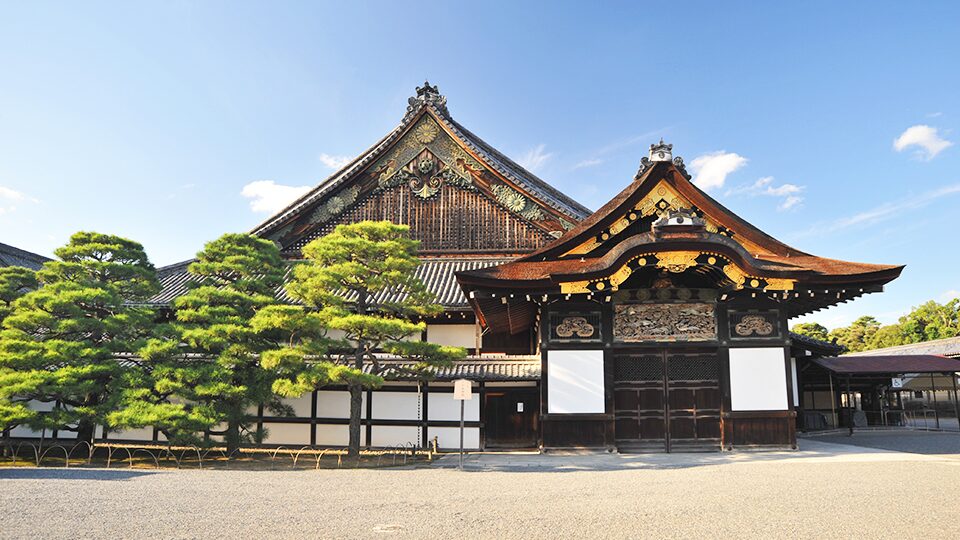
Lord: Tokugawa Ieyasu
Construction Year: 1603
Features: Known as a flatland castle, it is especially famous for its luxurious interior and gardens. The interior decorations are characteristic of the Edo period's history.
Nijo Castle is a historic castle built by Tokugawa Ieyasu. It played a significant role in the establishment of the Edo Shogunate and its subsequent history, with the "magnificent golden folding screens" inside being one of the highlights. The castle attracts many tourists not only as a historic building but also for its beautiful gardens.
Nijo Castle also played an important role as a stage for the politics of the Edo period. The "return of governance to the Emperor" and the "order for the restoration of imperial rule" that took place here were events that changed the course of Japanese history. The luxurious decorations and splendid gardens inside the castle symbolize the wealth and authority of the rulers of the time.
(Image citation: 世界遺産 元離宮二条城)
Summary
the history of these castles is not just about the buildings themselves but also about the unique roles and significance they held in Japan's history. These castles continue to be cherished parts of their regions' culture and identity, beloved by many people even today.



